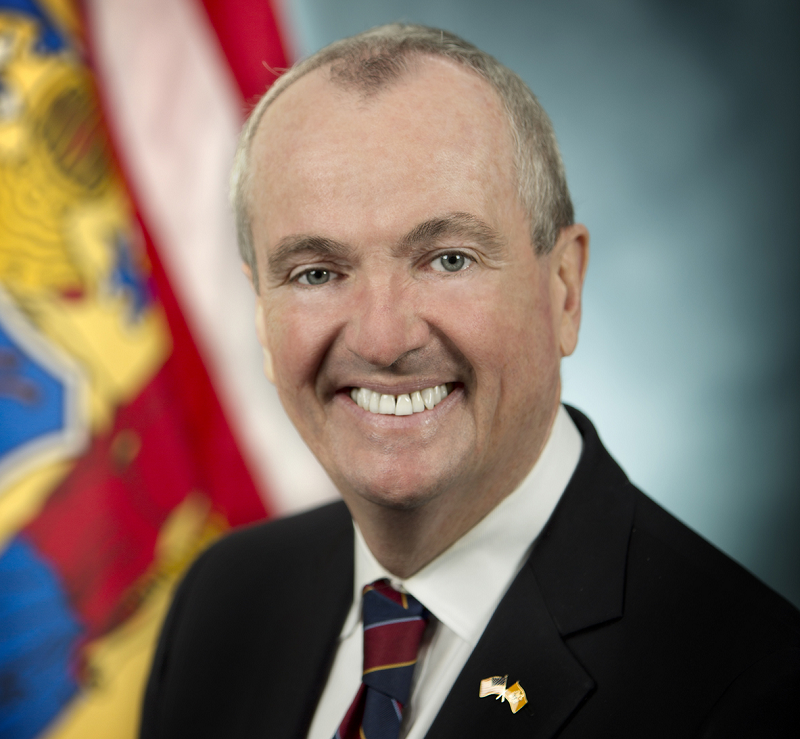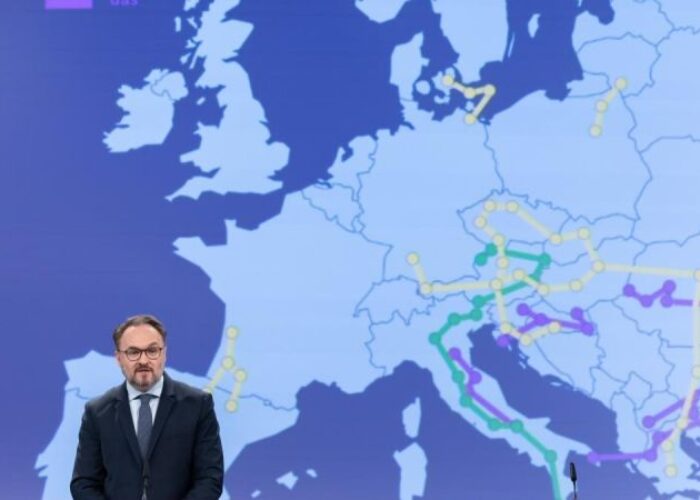
The New Jersey Board of Public Utilities (NJBPU) has unveiled formal plans to replace its existing solar support framework with a new incentive programme which will support up to 3.75GW of new solar over the next five years.
The Successor Solar Incentive (SuSI) Program will replace the existing Solar Renewable Energy Certificate (SREC) scheme late next month. The programme was approved and signed into law earlier this month by the state’s governor Phil Murphy, however precise details of the supports were revealed by the NJPBU earlier today (28 July 2021).
Try Premium for just $1
- Full premium access for the first month at only $1
- Converts to an annual rate after 30 days unless cancelled
- Cancel anytime during the trial period
Premium Benefits
- Expert industry analysis and interviews
- Digital access to PV Tech Power journal
- Exclusive event discounts
Or get the full Premium subscription right away
Or continue reading this article for free
The SuSI Program is divided into two sub-programmes, dubbed the Administratively Determined Incentive (ADI) and the Competitive Solar Incentive (CSI).
The ADI will provide a fixed incentive payment for net metered solar projects, both residential and most C&I, up to 5MW in size. The value of the incentive will vary based on the project type and size, but will be guaranteed for 15 years.
Meanwhile the CSI will be based on a competitive solicitation process targeted at net metered C&I projects larger than 5MW in size. The first tender is expected to launch in either early- or mid-2022, with additional stakeholder engagement to shape the process taking place through the remainder of this year.
The NJBPU said the two-part approach was designed to support separate solar market segments through long-term incentives tailored for differing project types, while simultaneously allowing the board to keep control of the costs of the programmes.
Under the programme, one New Jersey Solar Renewable Energy Certificate-II (NJ SREC-II) will be allocated for each MWh of power generated by each project, however a top-up payment of US$20/MWh will be awarded to projects operated by public entities such as schools and public colleges. A temporary incentive will also be available for projects built on contaminated land.
Incentives under the ADI scheme range from US$70-120/SREC-II, and a list of incentives can be found here.
NJBPU said the dual programme would support up to 3.75GW of new solar installations out to 2026, effectively doubling New Jersey’s solar capacity from its existing 3.655GW capacity.
The Solar Energy Industries Association (SEIA) welcomed the design of the scheme, describing NJBPU’s actions as a “positive step toward meeting [New Jersey] Governor Murphy’s clean energy objectives”.
New Jersey Governor Phil Murphy has established a target of deriving 100% of the state’s power from renewable sources by 2050 and has pledged to stimulate solar deployment in the state as part of that aim.
Earlier this month Murphy signed bill A4554 into law, establishing a successor programme for solar supports in the state.
“The Solar Successor Program will incentivize the generation of more solar power to help New Jersey reach our energy goals over the next five years and beyond. This program will not only create new jobs, but help protect our environment as well – ultimately benefitting everyone in our state,” said assemblymen Robert Karabinchak, John Burzichelli, and Eric Houghtaling in a joint statement issued at the time.
“We’re pleased that the BPU took industry comments into account and responded to several of our major concerns in the final design of the successor program, which consists of fixed incentives for smaller, distributed projects, new incentive levels for public entities like schools and municipalities and incentives based on competitive solicitations for larger projects.
“The revised incentive levels provide a framework for the solar industry to continue to create jobs and private investment in New Jersey while balancing ratepayer impacts,” Scott Elias, senior manage or state affairs, mid-Atlantic at SEIA, said.






